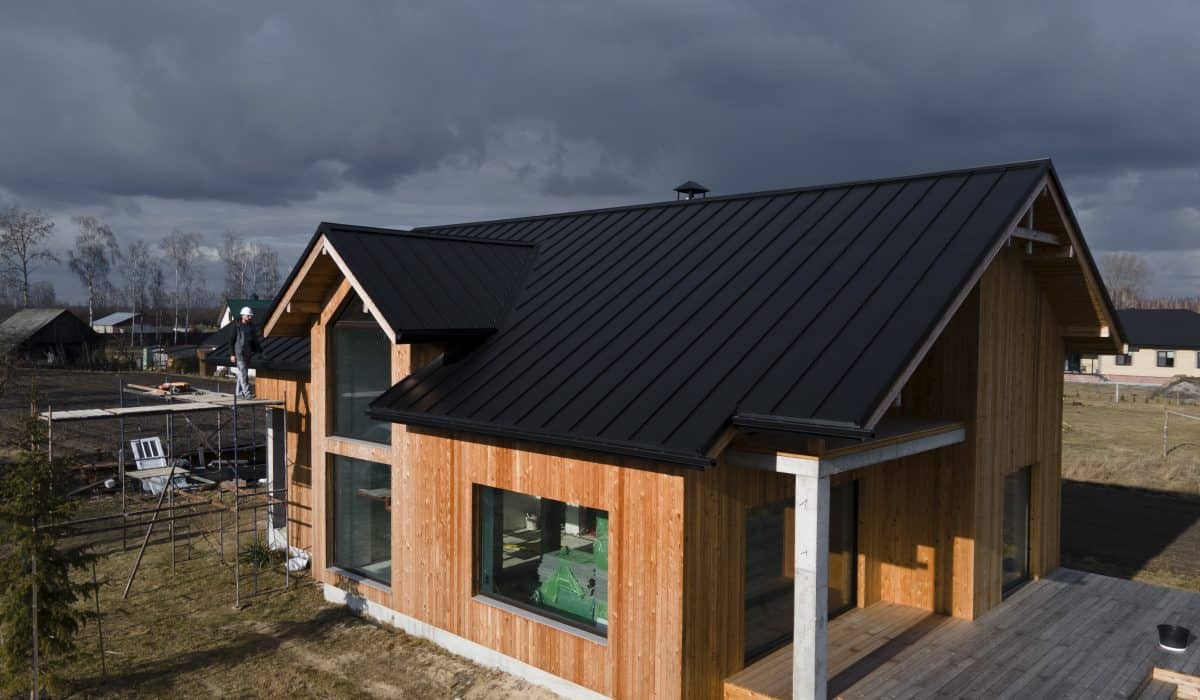What is the Best Underlayment for Roofing: Factors to Consider Before You Choose
Selecting the right underlayment for roofing involves evaluating factors such as roofing material compatibility, climate conditions, installation methods, durability, and moisture resistance to ensure a long-lasting roof. Each factor affects overall performance and lifespan. For example, aligning the underlayment with the specific roofing material prevents compatibility issues and ensures optimal protection.
Considering the impact of local weather helps you choose a product that can endure regional conditions. Working with a trusted roofing company ensures precise selection and installation, resulting in a reliable and resilient roofing system.
Roofing Material Compatibility
When choosing an underlayment, matching it to the roofing material is critical for proper performance and durability. Asphalt shingles work best with underlayments that are compatible with their adhesive properties, thereby preventing potential adhesion problems.
For metal roofing, a synthetic underlayment that accommodates expansion and contraction offers better protection. Understanding the characteristics of each roofing material and selecting an underlayment that complements it ensures the roof functions efficiently over time and withstands environmental challenges.
Climate and Weather Conditions
Local climate significantly influences underlayment selection. In regions with high humidity or frequent rainfall, waterproof underlayments like rubberized asphalt or synthetic options prevent water penetration. Hot climates benefit from underlayments with reflective qualities, which help reduce heat buildup and keep the attic cooler.
Areas with extreme temperature swings require underlayments with strong thermal stability to avoid cracking or degradation. Considering weather patterns allows you to choose a product that maintains roof integrity and performance over the long term.
Installation Method and Complexity
The method of installation varies with the type of underlayment, so evaluating complexity is essential. Peel-and-stick underlayments are simpler to install, while synthetic underlayments may require mechanical fastening or more detailed procedures.
Roof slope, size, and material compatibility also influence the installation method. Following manufacturer instructions carefully ensures a proper application, enhancing the underlayment’s durability and the roof’s overall effectiveness.
Durability and Longevity
Assessing durability and lifespan is vital to ensure long-term roof performance. High-quality underlayments resist wear and tear, maintaining their strength under stress. UV resistance prevents sunlight from degrading the material, and tear-resistant options endure installation and environmental challenges. Reviewing manufacturer warranties provides additional confidence in the product’s longevity and performance, supporting a secure investment in roofing protection.
Moisture and Water Resistance
Effective moisture and water resistance protect the roof from leaks and structural damage. Rubberized asphalt underlayments create a waterproof barrier through their asphalt and rubber polymer composition.
Synthetic underlayments resist mold and mildew, improving moisture protection, while self-adhering bitumen membranes automatically seal around fasteners to prevent water infiltration. Choosing an underlayment with strong moisture resistance ensures the roof remains durable and dependable under wet conditions.
Cost and Budget Constraints
Budget considerations influence underlayment selection, balancing performance and affordability. Comparing material costs helps identify options like asphalt-saturated felt, synthetic underlayment, or rubberized asphalt. Evaluating expected lifespan and durability ensures the investment remains cost-effective over time.
Installation costs should also be considered, as some materials require more labor-intensive procedures. Finally, examining warranty coverage helps anticipate potential future expenses, ensuring a well-informed decision that aligns with financial planning while maintaining roof quality.
Related Topics:


2 Comments
Comments are closed.